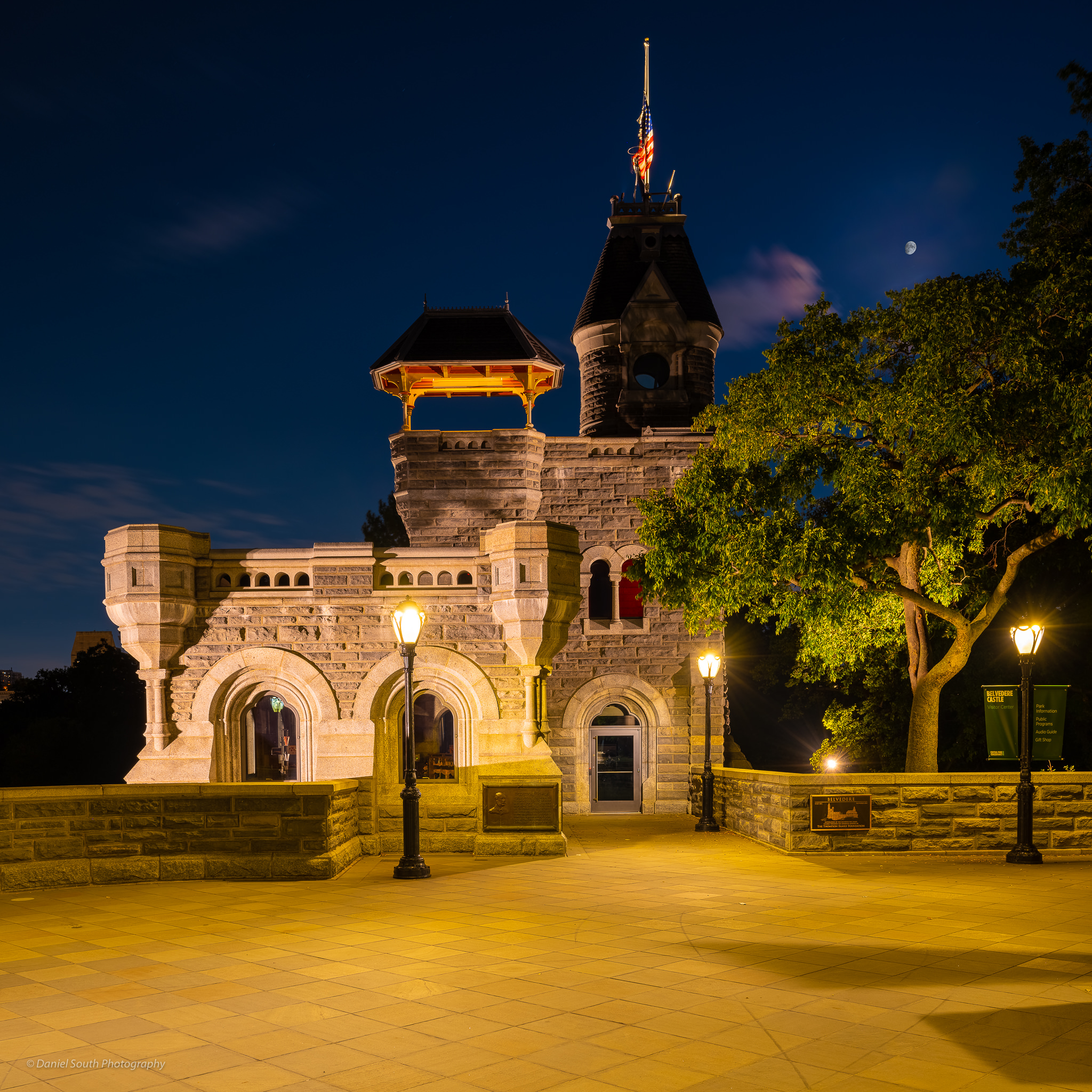Searching For Lost Gold
In the spring of 2007, I made three trips to the California coast to take photos with a large-format film camera that I had recently purchased. It was an adventurous undertaking. I was still learning how to use the camera which typically took several minutes to set up and focus. This built-in delay required me to think ahead and visualize what the light was about to do. This was particularly tricky at or near sunrise and sunset when lighting conditions change quickly.
The trip presented a number of challenges, like spending time each day loading and unload film holders, managing and labeling boxes of exposed sheet film, and lugging some heavy bags along narrow, hilly trails.
Along the way, I managed to capture some keepers. I also made a lot of mistakes, often in terms of exposure. The camera was fully manual. I had to meter the scenes with a handheld spot meter, and admittedly this was not a skill that I had practiced enough prior to hitting the road.
I had a digital camera with me, as well. My plan was to use the digital camera to grab quick shots and research compositions, and to use the film camera to capture the best shots. That worked to a degree, but I had overlooked a couple of important factors.
First, images captured on film have to be scanned into digital form in order to be used the way we use images today, i.e. sharing them on blogs and posting them to online galleries. Quality scanning is a laborious effort if you do it yourself, and it's expensive to have it done by professional services. For that reason, most of my film photos live in a box. I take them out occasionally when I'm feeling nostalgic, but I'm not going to invest in scanning most of them.
Second, the quality of digital cameras even in those days was quite good. Further, software has gotten more powerful. I'm able to resize 10 megapixel images to the point where they look like they came from a 40 megapixel camera. That's plenty of resolution to make large prints and even do creative cropping.
I've been through those digital images recently to see what gems I may have overlooked or forgotten. The quality varies - sometimes, camera shake was an issue. It's windy on the coast - but I'm happy to report that I've been finding some pleasant surprises among them, and I'm looking forward to seeing what other treasures I may discover.
Camera: Nikon D200
Lens: Nikon AF-S 17-55mm f/2.8
Wishing you great light and meaningful moments!
Copyright © 2023 Daniel R. South
www.dansouthphoto.com
All Rights Reserved

















